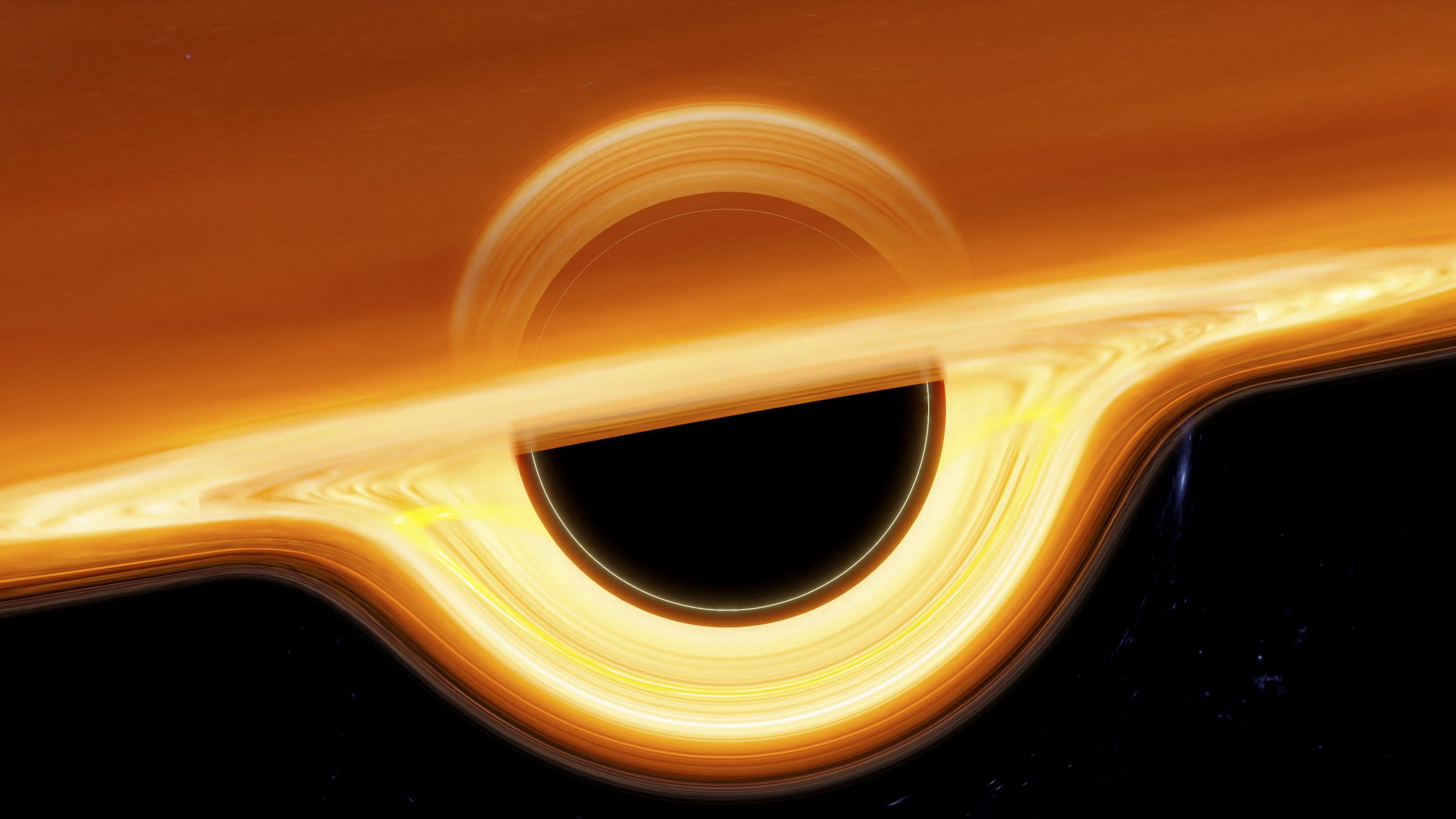The magnetic and gravitational environment around the black hole is so intense that light is bent around it and reflected from behind the black hole to the observer – at least according to Einstein’s theory, which has not been proven practically until now. However, now, for the first time in the X-ray range, astronomers have been able to detect this reflection from a black hole in the first galaxy Zwicky 1, which is 800 million light-years away. The result confirms Einstein’s theory and helps gain a better understanding of the darkest formations in the universe.
The light entering the black hole is trapped, unable to get out of there, so we can’t see beyond the dark object, says Dan Wilkins, an astrophysicist at Stanford University.
But the black hole distorts spacetime, bends light, twists magnetic fields around it, and as a result, we can detect X-rays.
Reflection is created
The immediate surroundings of a black hole are made up of several components.
The event horizon is the interface from which there is no return, and here the speed of light no longer reaches its escape velocity. Active black holes such as I Zw 1* also have a material acquisition disk; It’s a huge, flat disk of dust and gases – like water that circulates around a drain – flowing into the body. Because of the friction and the magnetic field, the disk becomes so hot that the electrons separate from the atoms and produce a magnetic plasma.
Outside the event horizon of an active black hole, the crown is at the inner edge of the material capture disk. This is the realm of scorching hot electrons carried by the black hole’s magnetic field “alive”.
The magnetic field is deflected so much that it bounces back and reconnects – a process that causes a powerful eruption on the Sun. In a black hole, the crown behaves like a particle accelerator – it accelerates electrons to such high energy that they begin to glow in the X-ray range.
The magnetic field combines, then bounces close to the black hole, heating up everything around it, and creating these high-energy electrons, which then produce X-rays. Wilkins explained.

Some X-ray photons irradiate the accretion disk, and eventually the reflection occurs through certain processes.
Researchers can use the reflection to map the region closest to the black hole’s event horizon.
discovery
Wilkins and colleagues wanted to study this mysterious crown when they began studying I Zw 1*. The black hole host galaxy was observed in January 2020 using the NUStar and XMM-Newton X-ray telescopes.
Among the data, experts saw the expected X-rays, but they also noticed something unexpected – smaller, delayed X-rays of other wavelengths.

Based on the models created earlier, Wilkins realized that the latter could be detectable reflections from behind the black hole due to the intense magnetic and gravitational fields.
It’s great to justify an essential part of general relativity, but the discovery is exciting for other reasons as well; We can learn new things about black holes and see how far we have come to make such observations using our tools and analysis techniques.” Wilkins emphasized the importance of the research.
The results are Nature Magazine presented in the last issue.












































